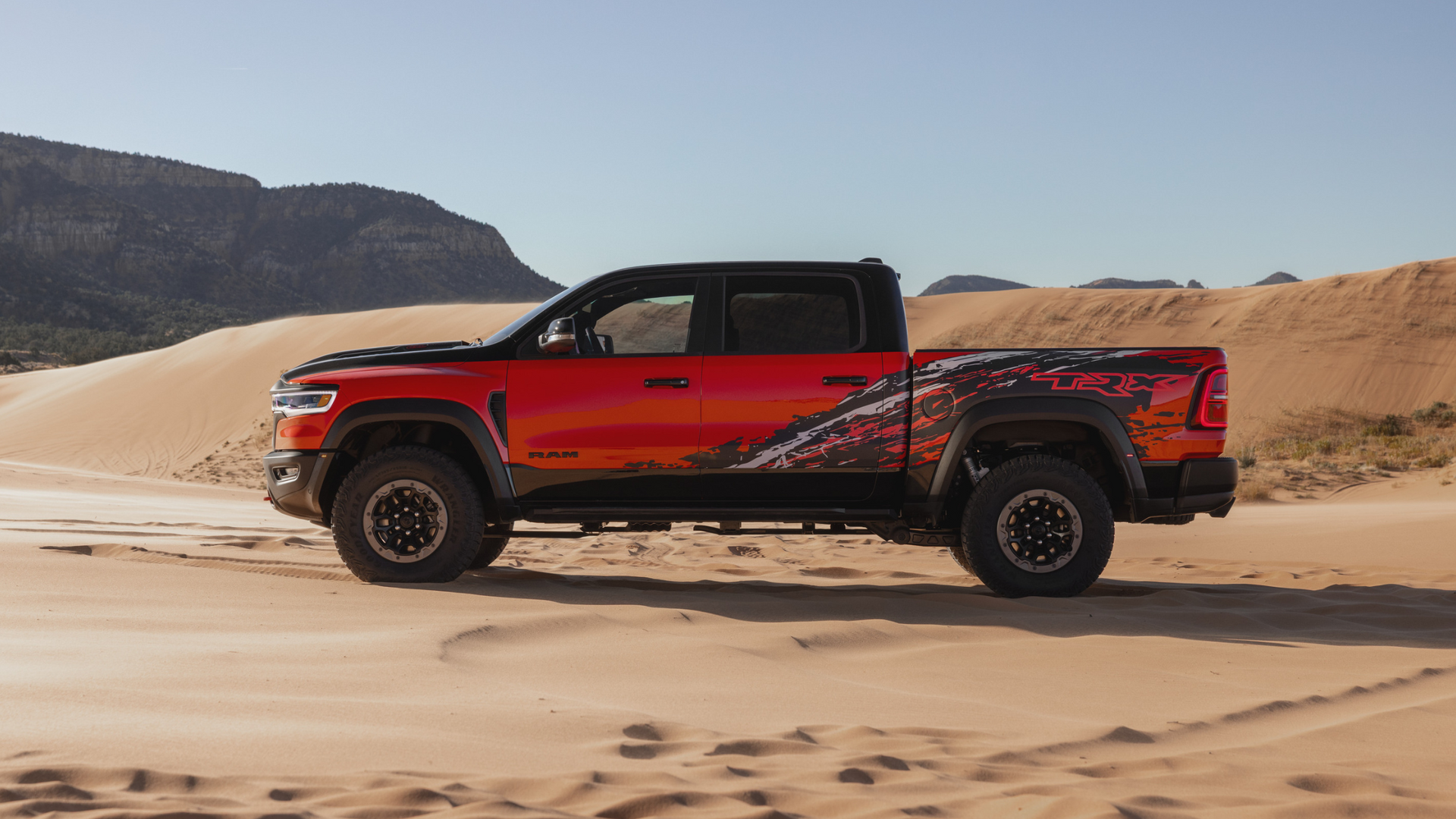xWelcome to another episode of the Car Dealership Guy Podcast.
Today’s guest is Jenni Newman, editor-in-chief at Cars.com. Jenni is an experienced journalist with three decades of experience, the last 16 of which she has spent covering the automotive industry at Cars.com. In this episode, she discusses the 19th annual American Made Index, a list comparing the manufacturing and sales of new vehicles made in the U.S.



LendBuzz - Expand access to credit with a simple and fast auto loan process that looks at you - not just your credit score. Learn more at lendbuzz.com.
CDK Global - Empowering dealers with the tools and technology to build deeper customer relationships. Learn more at cdkglobal.com/dealership-...
Car Dealership Guy Industry Job Board - Connecting world-class talent with top-notch companies in Automotive. Find your next role—or start hiring today—at jobs.dealershipguy.com.
Interested in advertising with Car Dealership Guy? Drop us a line here.
Want to be considered as a guest on the podcast? Add your name here.

(00:00) - Intro
(02:16) - Jenni’s background and career
(03:22) - How did you ideate this index?
(05:31) - “Nearly 50% of car shoppers are willing to pay up to 30% more to support American jobs”
(07:47) - Is there a fundamental shift happening where American-made cars are more important to the everyday person?
(10:58) - The 2024 Index
(12:36) - Why should the industry care about this?
(15:29) - Ford and GM are not in the top 10 of the index, how?
(20:04) - How has Honda gotten to #2 on this list?
(23:22) - What are the criteria for creating the index?
(25:50) - How will EVs impact the industry?
(28:42) - What is your prediction for the next 12 months of index data?
(31:19) - Were there any surprises from this year’s index?

1. Why is “American-made” still important?
Nearly 50% of car shoppers in 2024 are willing to pay up to 30% extra for a car if their purchase supports U.S. employment, double the number reported in 2023. Jenni attributes the increase to the pandemic, which brought heightened awareness to the critical industries that support local and national economies. But whatever the reason, this insight into consumer preferences is crucial for dealers, who can use their knowledge of which vehicles qualify as “American-made” to close more sales.
2. What else has changed since last year?
In 2023’s index, Tesla dominated the top 10 spots, due to its rising sales and U.S.-focused supply chain. However, while the electric vehicle brand’s Model Y maintained its place at the top of Cars.com’s list in 2024, this year’s iteration saw other automakers make substantial progress, reclaiming several of the top positions. This time, Honda’s Passport took the number two spot, followed by the Volkswagen ID.4 in third place, the Tesla Model S in fourth place (same as last year), and the Honda Odyssey in fifth place. Jenni notes that Honda has been performing especially well this year.
3. What’s driving the change in rankings?
Part of the reason other traditional automakers, such as Honda and Volkswagen, have moved up in the index is due to their focus on electric vehicles. Due to the Inflation Reduction Act, not only do consumers benefit from purchasing EVs built domestically, but manufacturers are also incentivized to make their products on U.S. soil. “We’re seeing a lot of shifts happening,” Jenni explains. “I think we’re going to continue to see shifts every year especially as EVs continue to come into this space, as automakers start building more EVs here, as they move their battery plants here; those moves will absolutely impact this list in the coming years.”
4. What about Ford and General Motors?
You might be surprised to see that the two brands most often associated with the U.S., Ford and General Motors, aren’t in the top five spots on Cars.com’s 2024 index. While both companies are present in the list, with GM actually contributing the most models out of any manufacturer, these two legacy automakers build their vehicles at plants around the globe. This means that many of their vehicles contain parts that aren’t domestically sourced. On the other hand, brands like Tesla maintain much smaller supply chains, keeping production relatively confined to the U.S., and foreign competitors, like Honda, have built a massive network of plants across North America.
5. Honda’s massive climb
You may have noticed that Honda took two out of the five spots on this year’s list. “Honda has made the investments here in the U.S.,” Jenni remarks, “it’s kind of amazing.” The Japanese automaker builds many of its models at factories throughout North America., including the Odyssey, Ridgeline, Passport and Pilot. The brand is also constructing a major EV-focused plant in Ohio, as it looks to qualify for government incentives. To put its meteoric rise in perspective, Honda’s Ridgeline came in number six on the 2024 American Made Index. This means that it contributed more to the U.S. economy than the Ford F-150, which came in at number 58.
6. What qualifies as “American-made?”
To be featured on Cars.com’s list, vehicles have to meet several criteria, the first of which is a minimum sales quota, followed by location of final assembly, which determines whether the model was constructed in or outside the U.S. The percentage of U.S. and Canadian components are considered next. While the inclusion of Canada might sound surprising, Jenni explains that this is to account for regulations that allow Canadian components to qualify as domestic. Countries of origin for available engines and transmissions are also examined, as are the number of U.S. manufacturing employees relative to the automaker’s footprint.
7. What about EVs?
The push to EVs has accelerated rapidly in recent years. Although Jenni acknowledges that the market is currently in a plateau, this doesn’t mean that interest is disappearing. In fact, the number of searches for EVs continues to rise on Cars.com’s platform on a monthly basis. The massive investments in EV manufacturing that continue to be announced also indicate that brands are committed to the energy transition.
8. Are hybrids taking off?
That being said, automakers are starting to realize that some consumers aren’t able to make the jump to fully electric cars. This helps explain why hybrids have started to see a resurgence, as they provide a perfect middle ground for both manufacturers and buyers. A slower transition is also more inline with what automakers are used to. “Automakers don’t really make quick plans,” Jenni explains. “A ‘quick’ plan for them is five years out. Because there’s a lot to coordinate. So this is not just a sudden shift for them. This is slowly building toward this goal.”
9. Do more EVs mean less domestic manufacturing?
However, as electric vehicle sales continue to rise, their potential effects on domestic manufacturing remain unclear. Although government EV incentives place strict rules on where automakers can source materials and parts from, critical components used in batteries, such as lithium, come predominantly from China. While some effort is being made to establish a supply of battery materials within the U.S., Jenni explains that this is just one of the many questions posed by EVs that only time will answer.
10. What’s going to happen next year?
With Honda having captured multiple spots in Cars.com’s list this year and Tesla losing its grip on market share, the coming months will be interesting to see. “What’s interesting about the 2024 list, is we’re seeing these vehicles sort of slot in between the Teslas, and the truth is it’s not that Tesla did anything wrong, it’s that these other manufacturers are just catching up to them.” As time goes on, Jenni expects to see more automakers and a wider selection of EVs appear in future iterations of the American Made Index. “The big question is: will Tesla be dethroned in 2025?” wonders Jenni.








